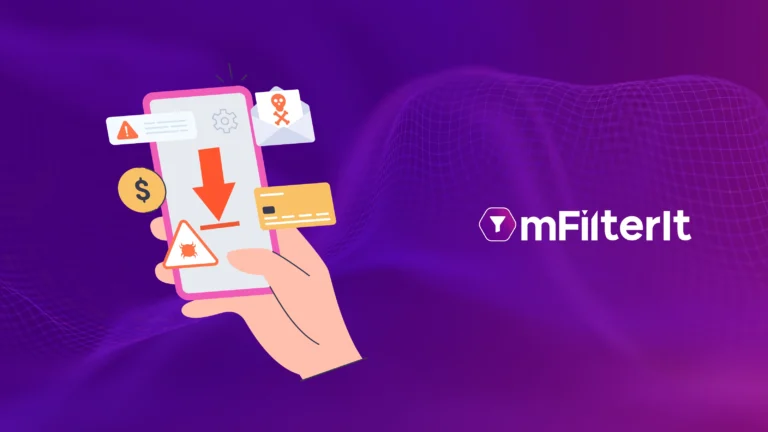As a publisher, you need to make sure that your content is up-to-date, accurate, and easy to understand by your audience and advertisers (for running campaigns). After all, your audience and advertisers are the backbone of generating revenue. Invalid Traffic (IVT) can affect your relationship with the audience as well as advertisers.
Quality content on a website will attract search engine bots and other unsolicited bots. Although search engine bots are good bots that help you get noticed and bring traffic to your site, malicious bots, on the other hand, are dangerous for your website as they contribute to a lot of invalid traffic, which in turn may lead to ad fraud. Good bots will declare themselves as bots, and website owners can exclude them from counts, etc. Bad bots will take a lot of steps to NOT be detected. Tools like Google Analytics will have options to remove good bots. But it doesn’t track bad bots.
The same issue occurs on the Advertiser’s side as well. As an advertiser, when you run campaigns, your Ads may be seen by bots and invalid traffic can inflate your impressions and clicks on which you are paying. You can see clicks coming on your website and not converting to sales/leads. These can cost you spending from your marketing campaigns which are effectively wasted.
Finally, many advertisers use thumb rules like Bounce Rates to measure the level of bots and quality of traffic. That is a wrong metric to consider since bots can easily fake as low a bounce rate as you require. Bots are the ONLY source that can actually generate extremely low Bounce Rates (even lower than your Organic traffic, which is actually a better metric to track fraud)
So, what is invalid traffic?
Invalid traffic is an artificial inflation of clicks or impressions on the website, which are never seen by a real human. These are generally generated by bots or automated tools to engage with ads and increase ad impressions. The clicks might get injected by publishers themselves on their site.
Types of Invalid Traffic
There are two types of invalid traffic:
General Invalid Traffic: General invalid traffic is the acceptable form of invalid traffic. The crawlers, bots that come from data centers and search engines, and traffic from unknown but real browsers come under general invalid traffic. These are non-human hits, but each of them serves a particular purpose. They help the ecosystem to measure and improve. General traffic does not indulge in ads on the publisher’s website.
Sophisticated Invalid Traffic: Sophisticated Invalid Traffic is the traffic that contains malicious bots. This traffic is generated to click or view ads to increase ad revenue. Fraudsters create sophisticated invalid traffic to manipulate devices, locations, and more. This type of traffic is very sophisticated and is not easily detectable. This invalid traffic is not easily detectable. To detect sophisticated invalid traffic (SIVT), one needs to use advanced analytics to identify and analyze fraudulent activities. Some common fraudulent activities include malware, spiders, bots that hijacked devices and sessions, falsely represented sites, cookie stuffing, and more.
Fraudsters profit immensely from sophisticated invalid traffic. The most common method fraudsters use to gain revenue is through ad fraud on both the app and the web. On the mobile app, fraudsters imitate genuine clicks, installs, and post-install actions. Some of the most common types of mobile ad fraud are SDK spoofing, click spam, click injection, bots, etc.
Fraudsters are also targeting high-premium campaigns like “re-engagement” where CPC rates are traditionally on the higher side.
How advertisers can protect their ad campaigns?
It is crucial to protect your ad campaigns from sophisticated invalid traffic (SIVT). Partnering with the right neutral platform-agnostic ad fraud detection solution for the web and app can help you understand the performance of your marketing campaigns. Along with partnering with the right measurement provider, one can also be working with publishers to understand the causes of invalid traffic on the website and apps. Contact mFilterIt today to learn about an invalid traffic detection solution or click here to request a demo.



